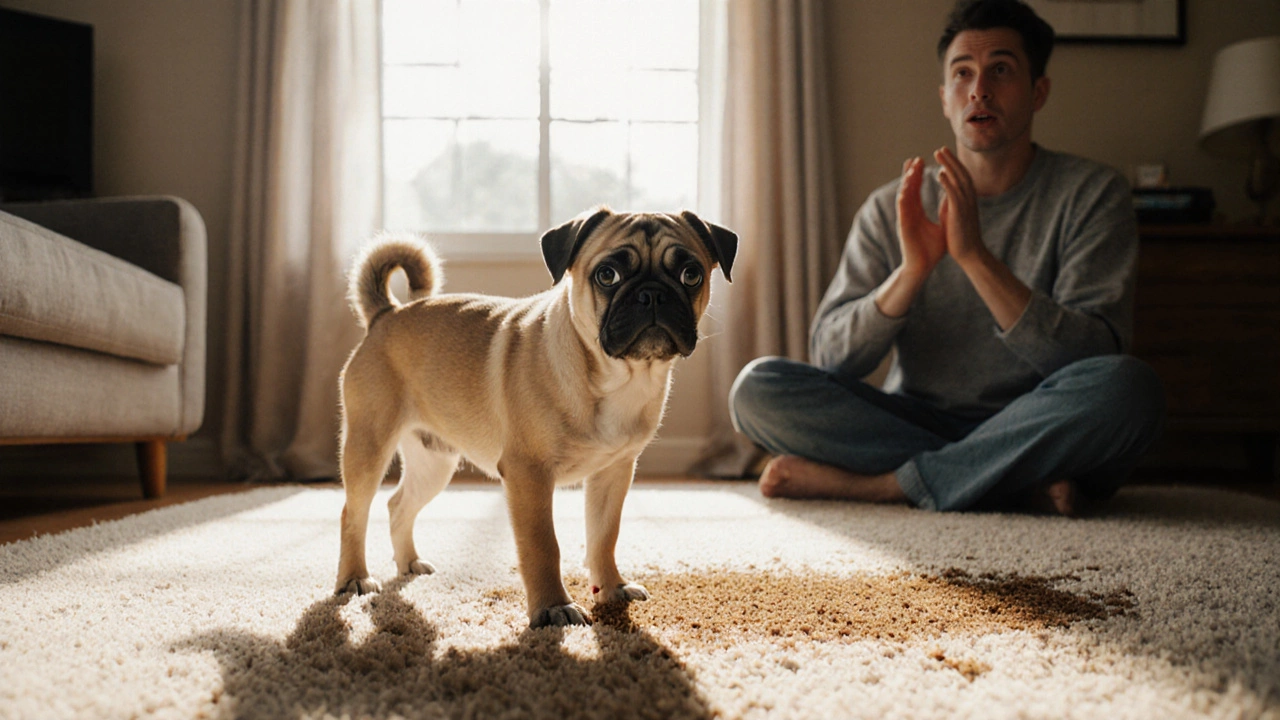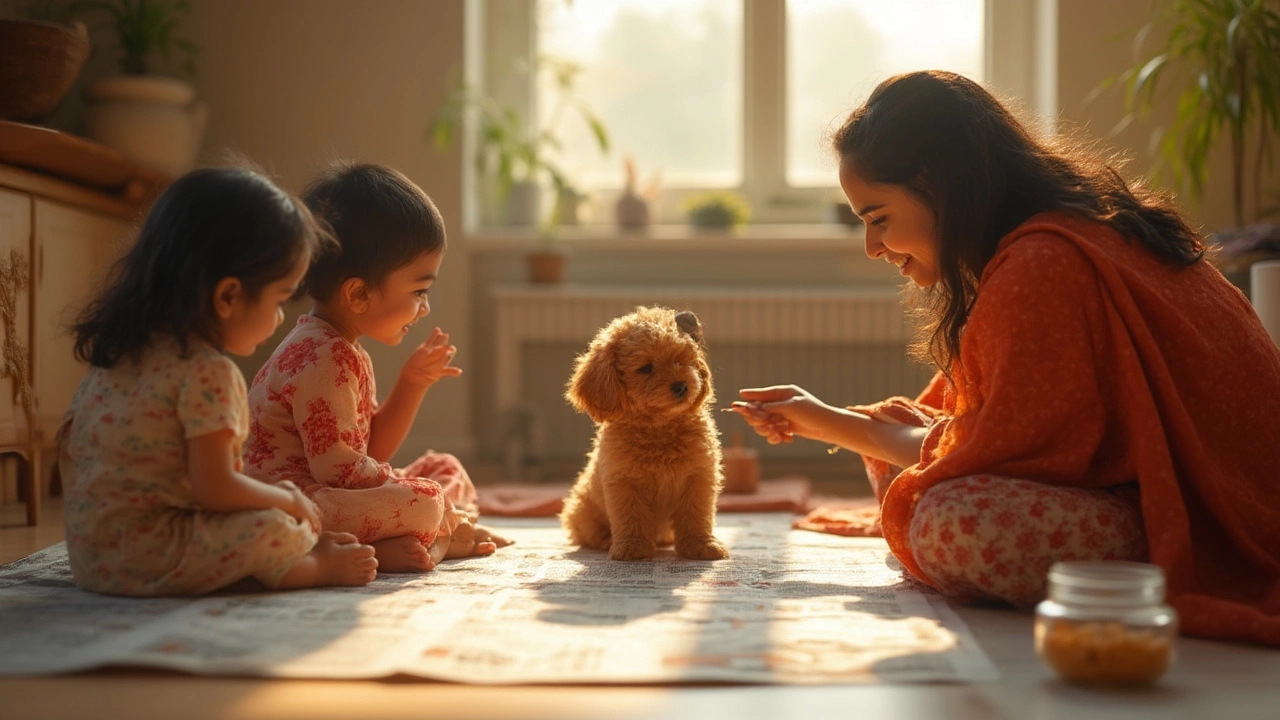Dog Training Tips: Easy Steps for a Well‑Behaved Pup
Got a new puppy or a stubborn older dog? You don’t need a fancy course or pricey gear to get results. All you need is consistency, patience, and a few proven tricks that work for most dogs. Below you’ll find the core commands, how to fix common problems, and quick ways to keep training fun for both of you.
Basic Commands Every Dog Should Know
Start with three pillars: sit, stay, and come. These three cover most everyday situations. To teach sit, hold a treat above the dog’s nose, then move it back toward the tail. As the head follows, the rear will naturally lift. The moment the hips touch the floor, say “Sit” and give the treat. Do this five times a day for a week, and the command sticks.
For stay, ask your dog to sit first. Show an open palm and say “Stay.” Take one step back, then immediately return and reward if they didn’t move. Increase the distance and time slowly—just a few seconds at a time. If they break, go back to the last successful distance and build up again.
The come cue saves lives. Use a cheerful tone and the word “Come” while holding a high‑value treat. When they dash to you, praise loudly and give the reward. If your dog hesitates, shorten the distance and practice in a quiet room before trying a park.
Fixing Common Behavior Problems
Jumping, pulling on the leash, and barking at strangers are the usual suspects. For jumping, ignore the dog until all four paws are on the floor. Turn away, wait for calm, then greet them. Consistency tells the dog that only calm behavior earns attention.
Leash pulling can be tamed with the “stop‑and‑go” method. When the leash gets tight, stop walking. Wait until the dog loosens the line, then resume. Over time the dog learns that loose leash equals forward motion.
To curb barking at strangers, set up controlled exposure. Invite a friend to walk by at a distance where your dog is quiet. Reward the calm state. Slowly reduce the distance over several sessions. The dog learns that strangers aren’t a threat, just more people to earn treats from.
Positive reinforcement is the glue that holds all these steps together. Use treats, praise, or play—whatever makes your dog light up. Keep sessions short (5‑10 minutes) and end on a success, so your dog always looks forward to the next round.
Remember, training isn’t a one‑time event. Review commands weekly, especially after vacations or big life changes. A quick 5‑minute refresher keeps the habits fresh and strengthens your bond.
If you’re stuck, check out our related articles like “What No One Tells You About Getting a Puppy” for budgeting tips, or “Do Professional Dog Trainers Use Shock Collars?” for humane alternatives. Each provides extra context that can make your training journey smoother.
Start today with a simple sit, and watch how quickly your dog becomes a better-behaved companion. Consistency, clear cues, and lots of positive vibes are all you need to turn chaotic moments into calm, cooperative ones.

Hardest Dog Breeds to Potty Train: What You Need to Know
Discover which dog breeds are toughest to potty train, why they struggle, and proven tips to make training easier. Includes a breed comparison table and FAQs.
read more
Housebreaking a Dog: Timelines, Tips, and Realistic Expectations
How long does it really take to housebreak a dog? Unpack the surprises, smooth out the wrinkles in training, and learn how to make potty training work for every dog.
read more
Dog Crate Training at Night: Should You Really Do It?
Wondering if putting your dog in a crate at night is a good idea? This article tackles both the practical and emotional sides of nighttime crate training, with relatable examples and facts. You'll get no-nonsense advice about safety, comfort, and helping your dog feel secure. Real tips from dog owners make things easy to follow. Find out when crates work—plus a few situations where you might rethink it.
read more



